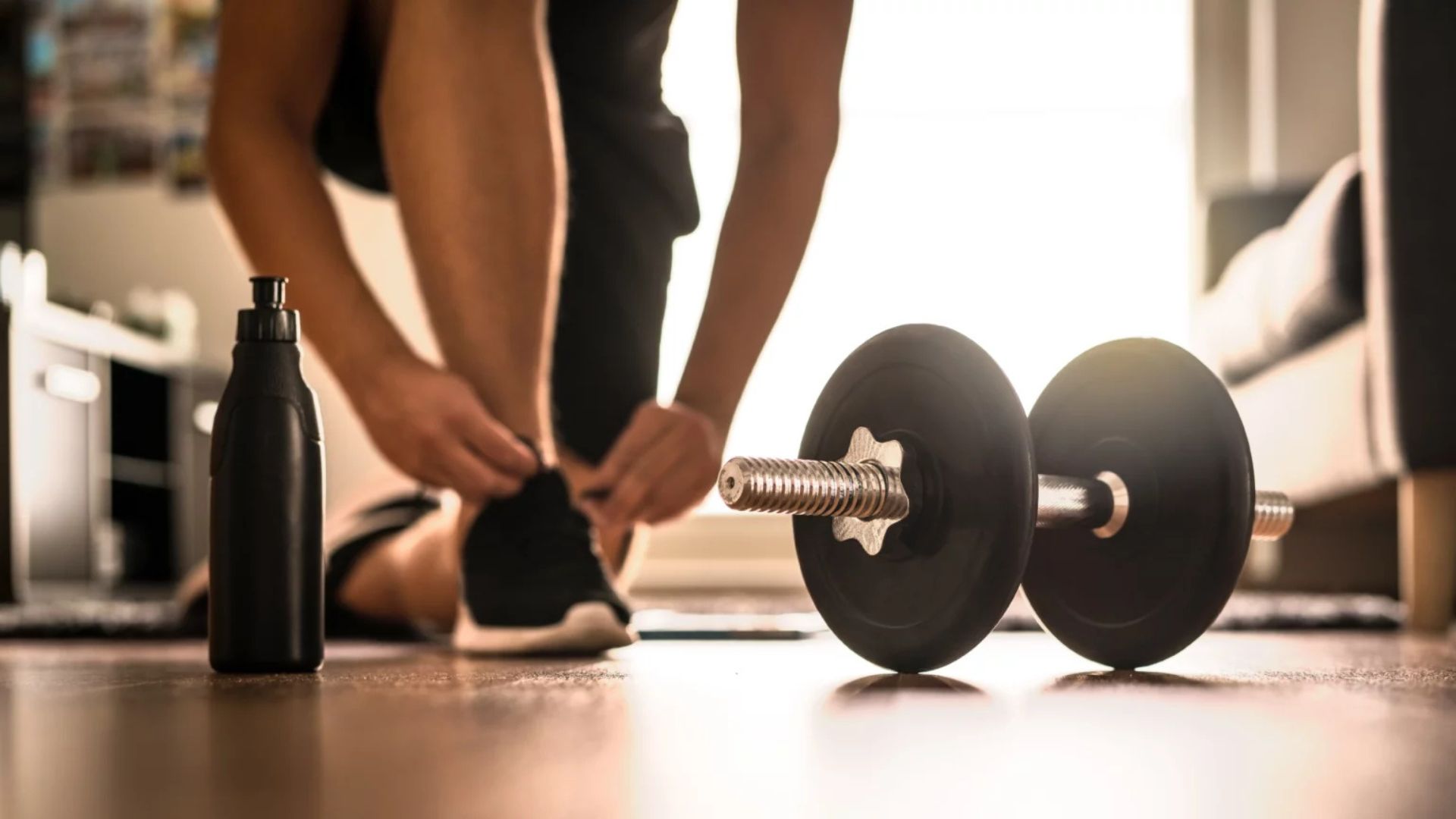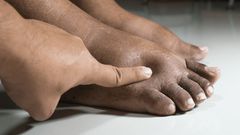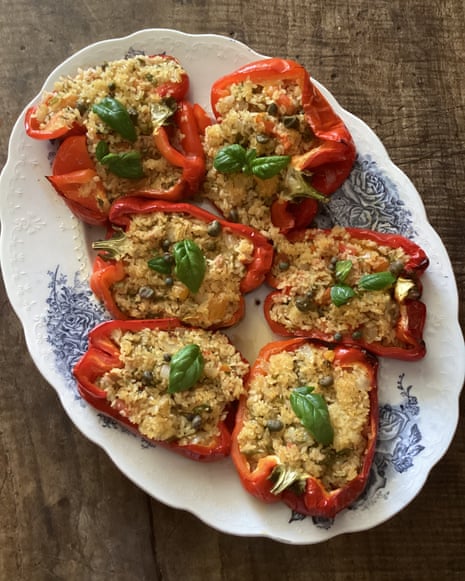When it comes to fitness goals among Nigerian men and across West Africa, there’s often an emphasis on sculpted biceps, powerful shoulders, and sturdy legs—the kind of physique many admire. Yet, true athleticism goes beyond just muscle size; it’s about having the dynamic movement skills needed in everyday life, whether that means dashing to catch a danfo (bus), weaving through crowded markets, or keeping up with children in the compound. The most effective fitness journey builds not only strength and muscle mass but also power and agility, echoing trends in global and local fitness communities.
Gaining muscle is a straightforward path: well-known exercises like squats and deadlifts tone and boost your major muscle groups. Developing power, especially the explosive kind for jumping or changing direction, is more nuanced. Power is what gives your body that ‘spring’ that helps you stay light on your feet, whether playing football on Lagos beaches, participating in a fitness class in Accra, or simply moving confidently throughout daily routines. Recent strength and conditioning trends, observed in gyms across Abuja and Accra alike, recommend using contrast training—pairing a basic strength move (such as the Romanian deadlift) with an athletic, explosive action (like the broad jump). Scientific studies, including global sports science research, back this approach for amplifying athletic ability, making every muscle group not just bigger but functionally useful.
If you follow a structured programme combining contrast training days with classic muscle-building workouts, after about eight weeks, you can expect to notice improvements not just in muscle size but also in how efficiently and energetically your body moves—a crucial gain for those navigating fast-paced city life or engaging in recreational sports common across West Africa.
Pairing this exercise plan with nutrition tips rooted in local foods and global research can help Nigerians, Ghanaians, and Africans at large thrive, not just in their fitness ambitions but in their everyday life roles as parents, workers, and community members.
Your Weekly Schedule
This training regimen is designed for manageable consistency: four days each week are dedicated to targeted workouts. At least once weekly, prioritize a relaxed 20-minute jog or bike ride—consider hitting Lekki Conservation Centre walkways or cycling through Accra’s neighbourhoods. Aim for at least one full rest day to let your muscles and energy levels recover—a growing area of focus even among elite Nigerian and Ghanaian athletes. The basics of this weekly schedule are:
- – REST
- – CONTRAST POWER-UP
- – CLASSIC MUSCLE-UP
- – REST/CARDIO
- – CONTRAST POWER-UP
- – CLASSIC MUSCLE-UP
- – REST/CARDIO
Get the Gear You Need
If you aim to train like an athlete in a home gym or even from your living room, investing in the right equipment makes a difference. While many Nigerians and West Africans improvise with jerrycans filled with sand, the availability of adjustable dumbbell sets and multi-purpose benches—either through in-country retailers or trusted online stores—allows for flexible workouts. Below are some recommended equipment options for anyone starting or upgrading their home gym:
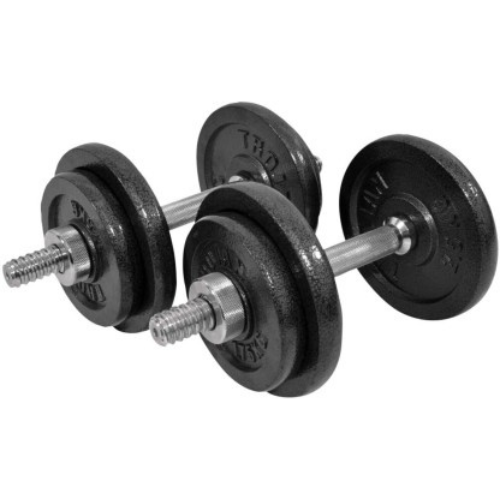
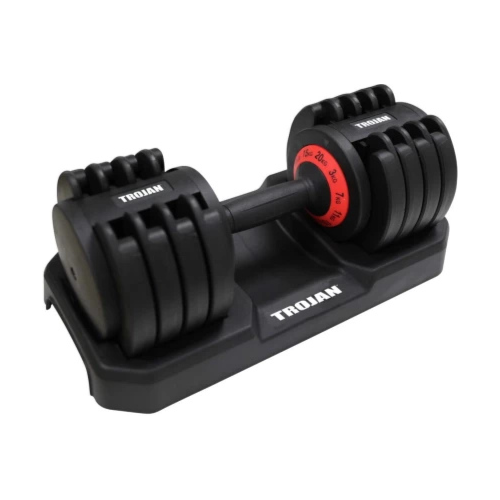
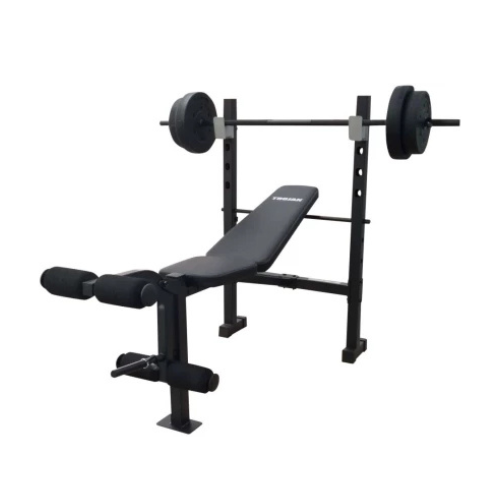
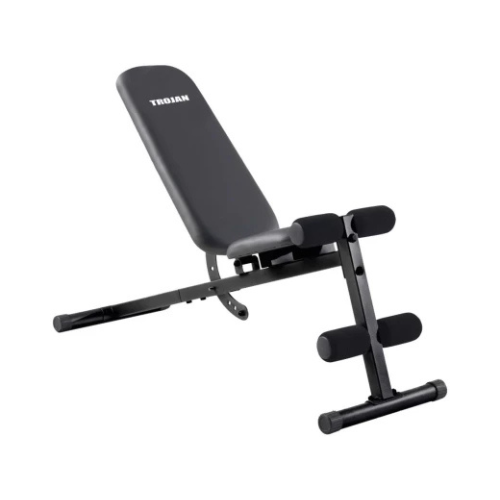
Workout 1
The Contrast Power-Up
Perform these exercise pairs back-to-back, then rest for two minutes. Repeat each pairing for three sets. Warm up first—one minute of jumping jacks, followed by bodyweight reverse lunges to get your blood flowing. After, complete the hip 90-90 drill, crucial for opening up the hips—an area often tight for those with long commutes or extended sitting, a common concern according to physiotherapists in Lagos and Kumasi. For the drill, sit on the ground with your right knee bent outside and left knee bent inside, both at 90-degree angles. Switch the knees to the opposite sides for 90 seconds, keeping hands in front of you but not using them to assist.
SET 1
1a. ROMANIAN DEADLIFT
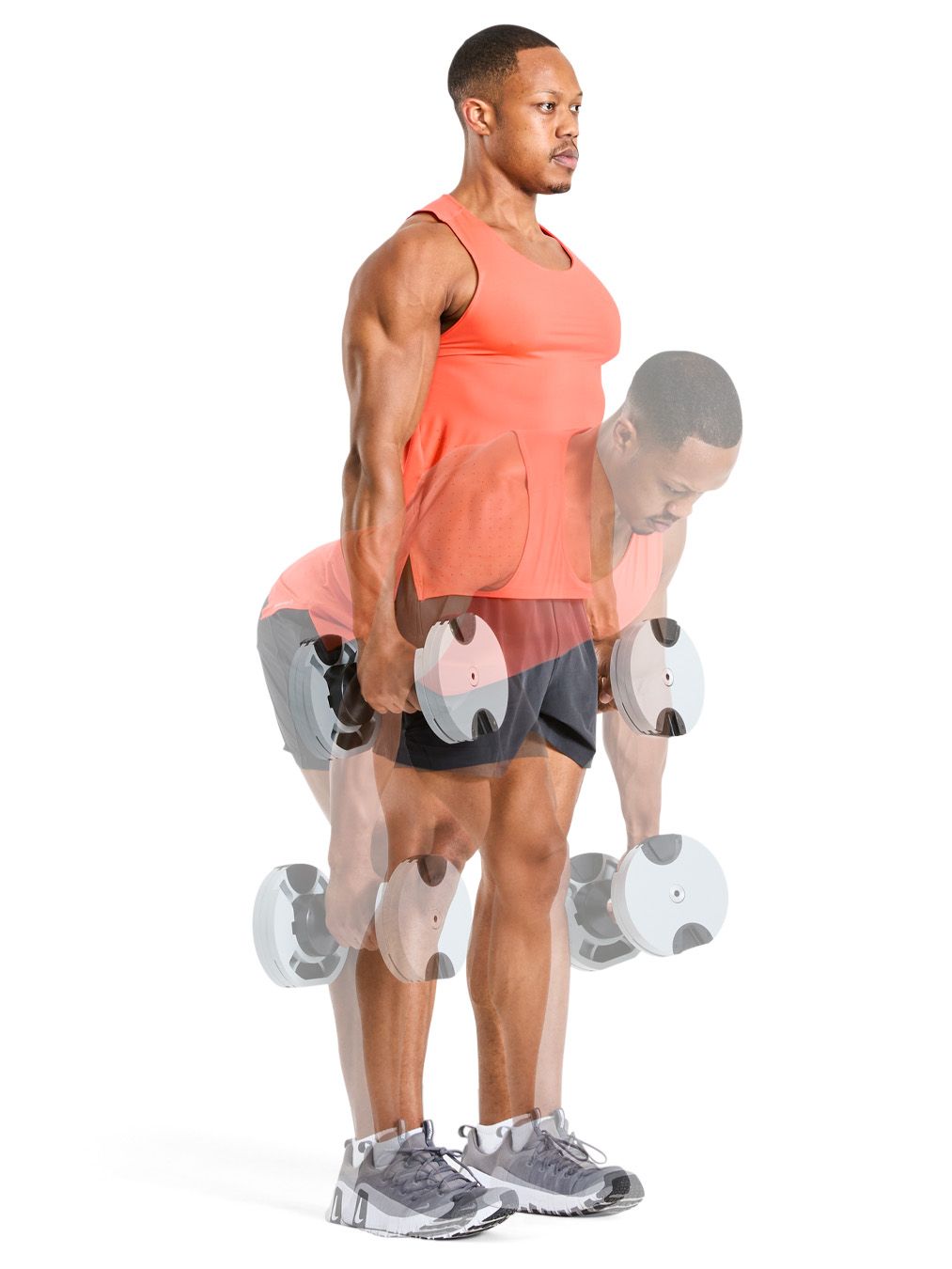
Stand upright with dumbbells held at your sides, tightening your core and glutes. Hinge at your hips, pushing your butt back, and lower the dumbbells until your hamstrings feel tight or your back starts to round—whichever comes first. Always keep the weights close to your legs. Once repositioned, stand upright and contract your glutes. Complete 6 to 8 repetitions per set.
1b. BROAD JUMP
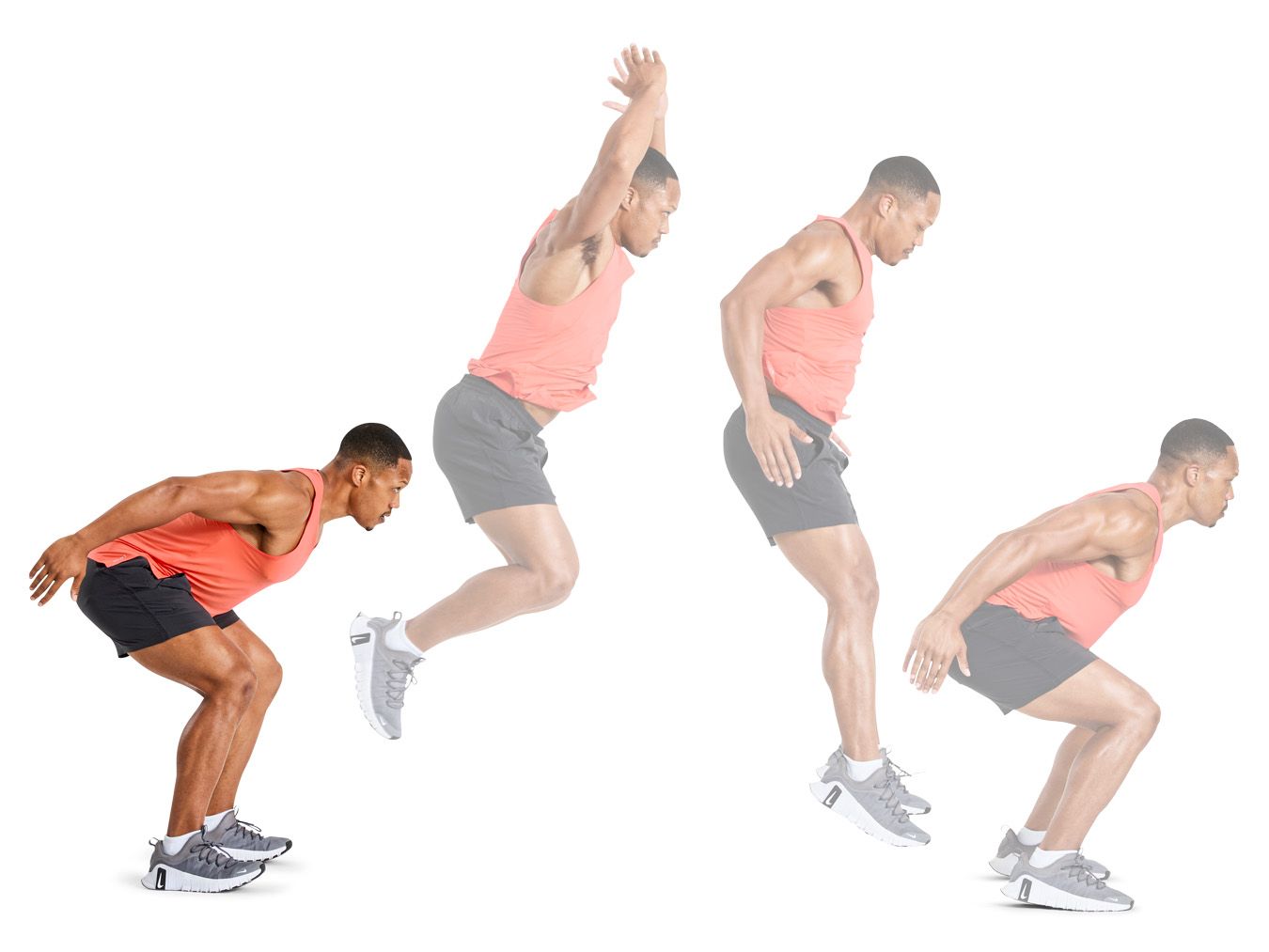
With feet behind the starting line, swing your arms backwards, bend your knees slightly, and explosively jump forward as far as possible. Land with bent knees for stability, avoiding extra steps after landing. Mark your finish point, then walk back to your starting place. Aim for 3 jumps, making each one stronger than the last.
SET 2
1a. DUMBBELL BENCH PRESS
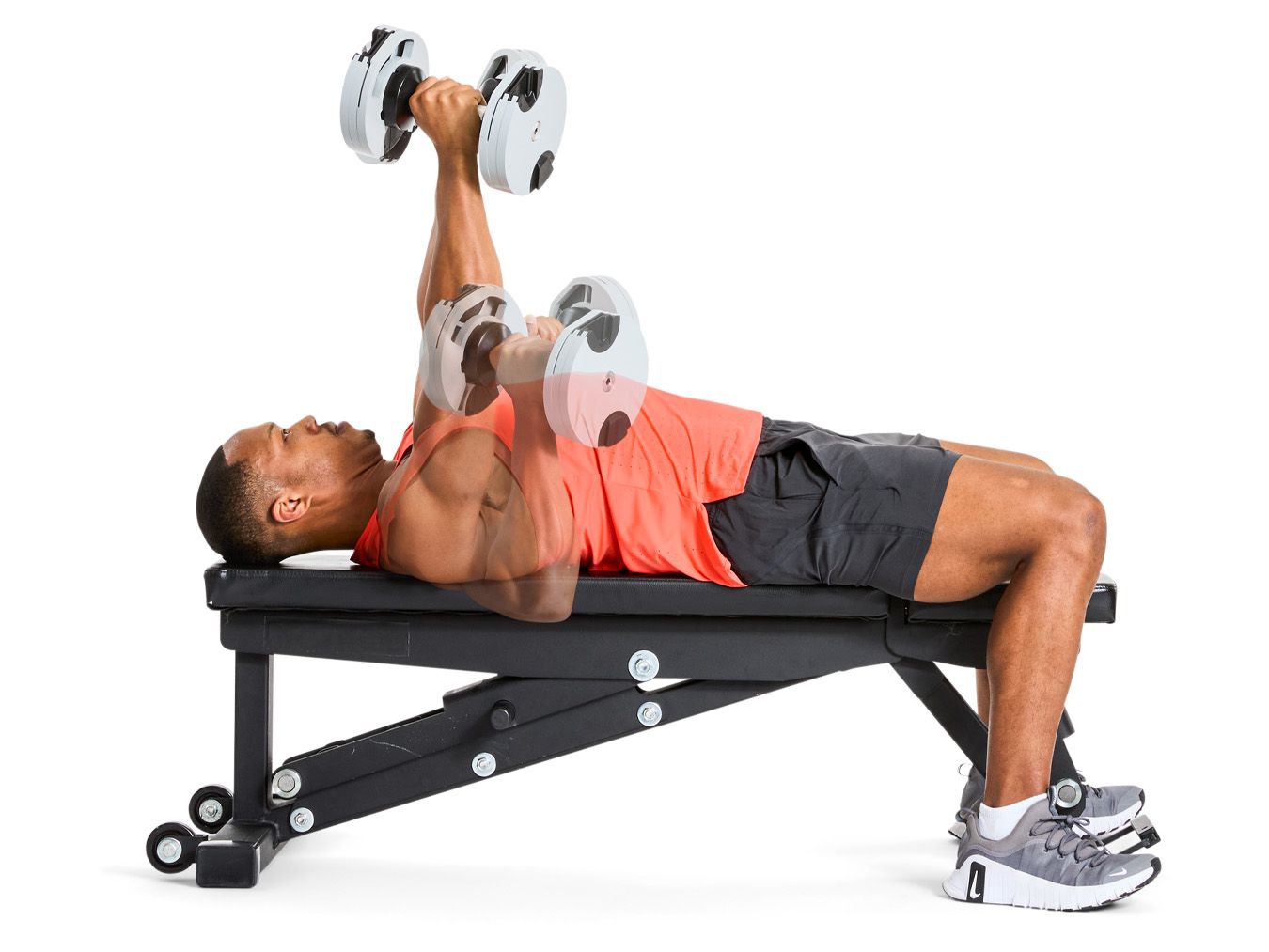
Lie on your back atop a bench with dumbbells straight above your shoulders. Lower the weights until they’re an inch from your chest, elbows bent. Return to the starting position. Perform 8 to 10 reps per set.
2b. EXPLOSIVE DECLINE-ANGLE PUSHUP
Adopt a pushup position, with feet grounded and hands on a bench slightly wider than shoulders. Tighten your core and glutes, lower your chest to within an inch of the bench, then explosively push off so your hands briefly leave the bench surface. Catch yourself with your hands, then reset. Repeat 4 to 6 times.
3. PAUSED PLANK ROW
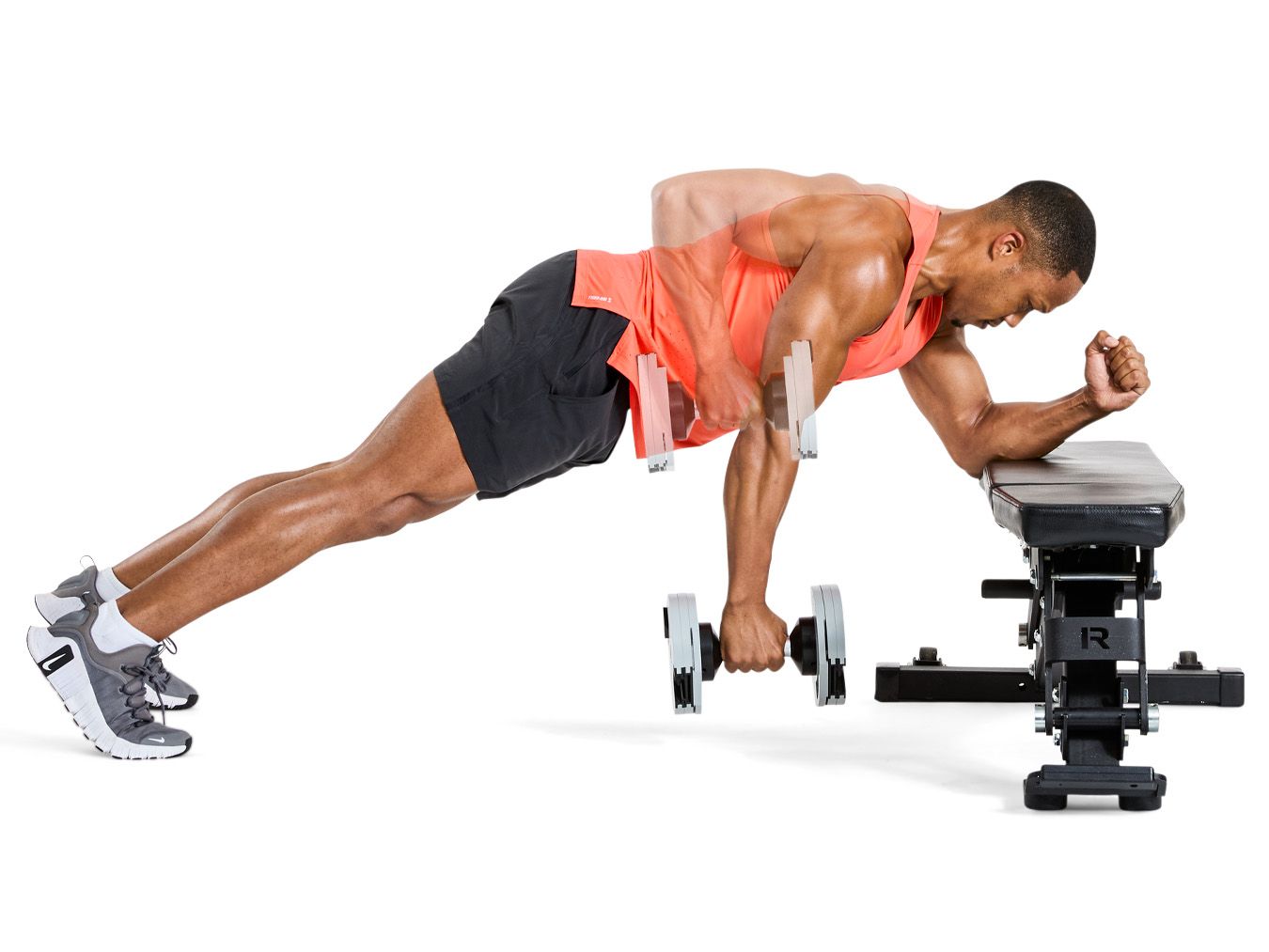
Start in a plank posture: left elbow planted on a bench, right hand gripping a dumbbell underneath your right shoulder. Tighten your abs and glutes, row the dumbbell toward your right hip, pause for a second, then return. Keep your hips and shoulders whether you work from a gym in Surulere or from your home, try not to twist your body. Complete three sets of 8 to 10 repetitions per side.
Workout 2
The Classic Muscle-Up
Move through the listed exercises in order and rest for 90 seconds between each set. These moves are staples in both international and local fitness routines, helping participants develop balanced muscle and joint health.
1. ELBOWS-FLARED INCLINE ROW
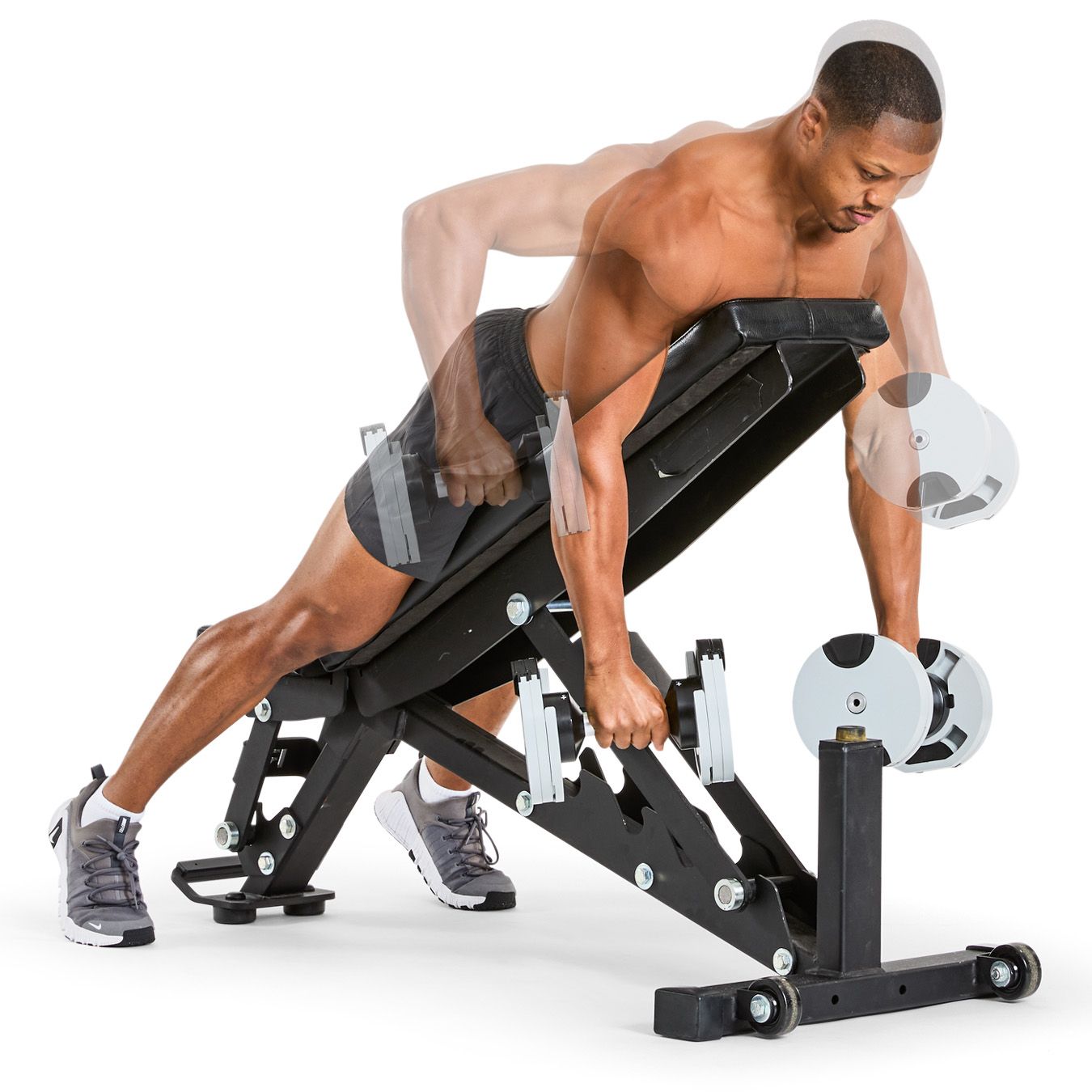
Lie face down on a 30-degree incline bench, arms extended, dumbbells in hand. Squeeze your glutes, pinch your shoulder blades, and row the dumbbells up and out, elbows flaring. Lower with control—repeat 8 to 10 times per set for three sets.
2. SINGLE-ARM INCLINE PRESS
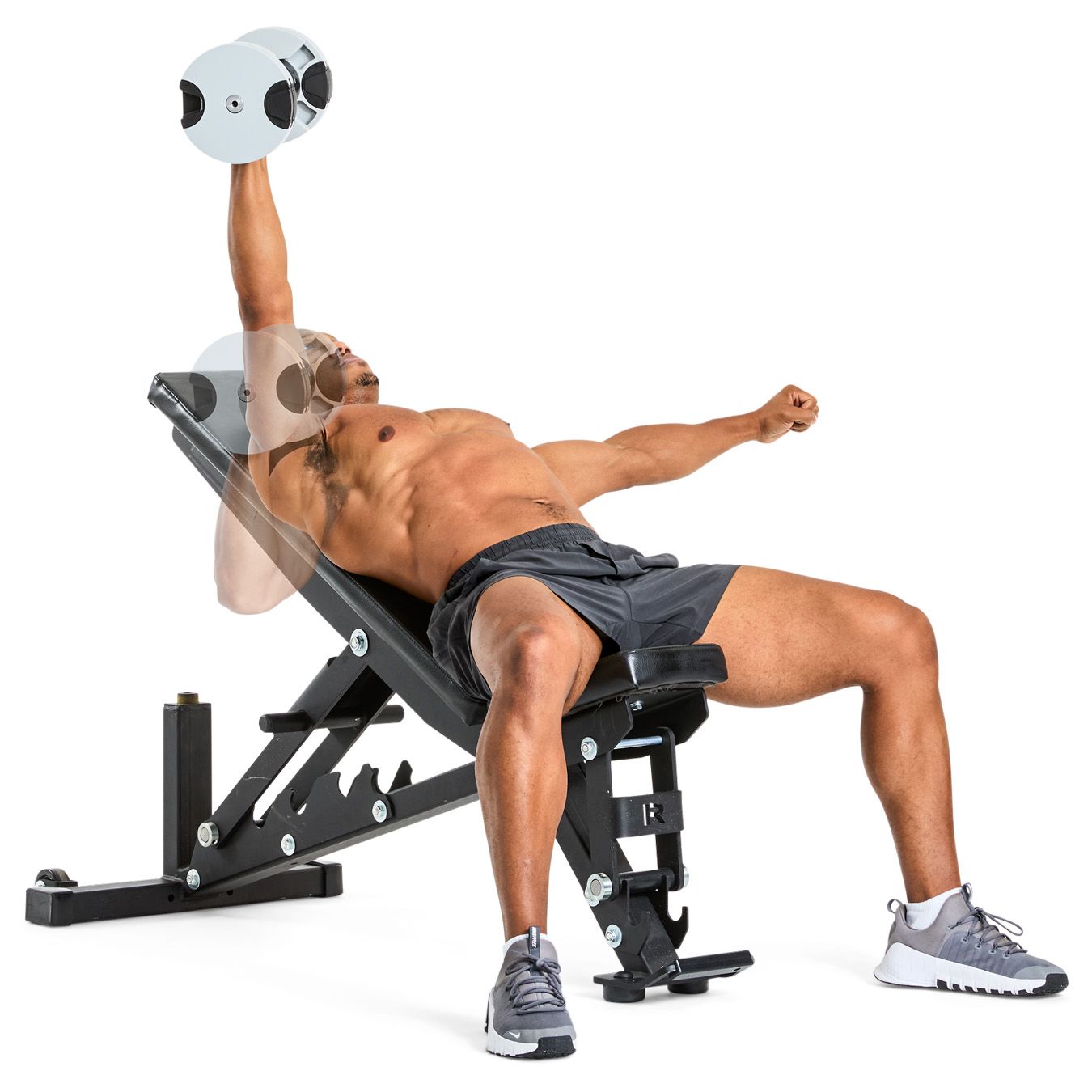
On your back, head supported by a 30-degree incline bench, tighten your abs and glutes. With one dumbbell held above the corresponding shoulder, lower it toward your chest and press back up. Perform 8 to 10 reps per arm, three sets total.
3. Z PRESS
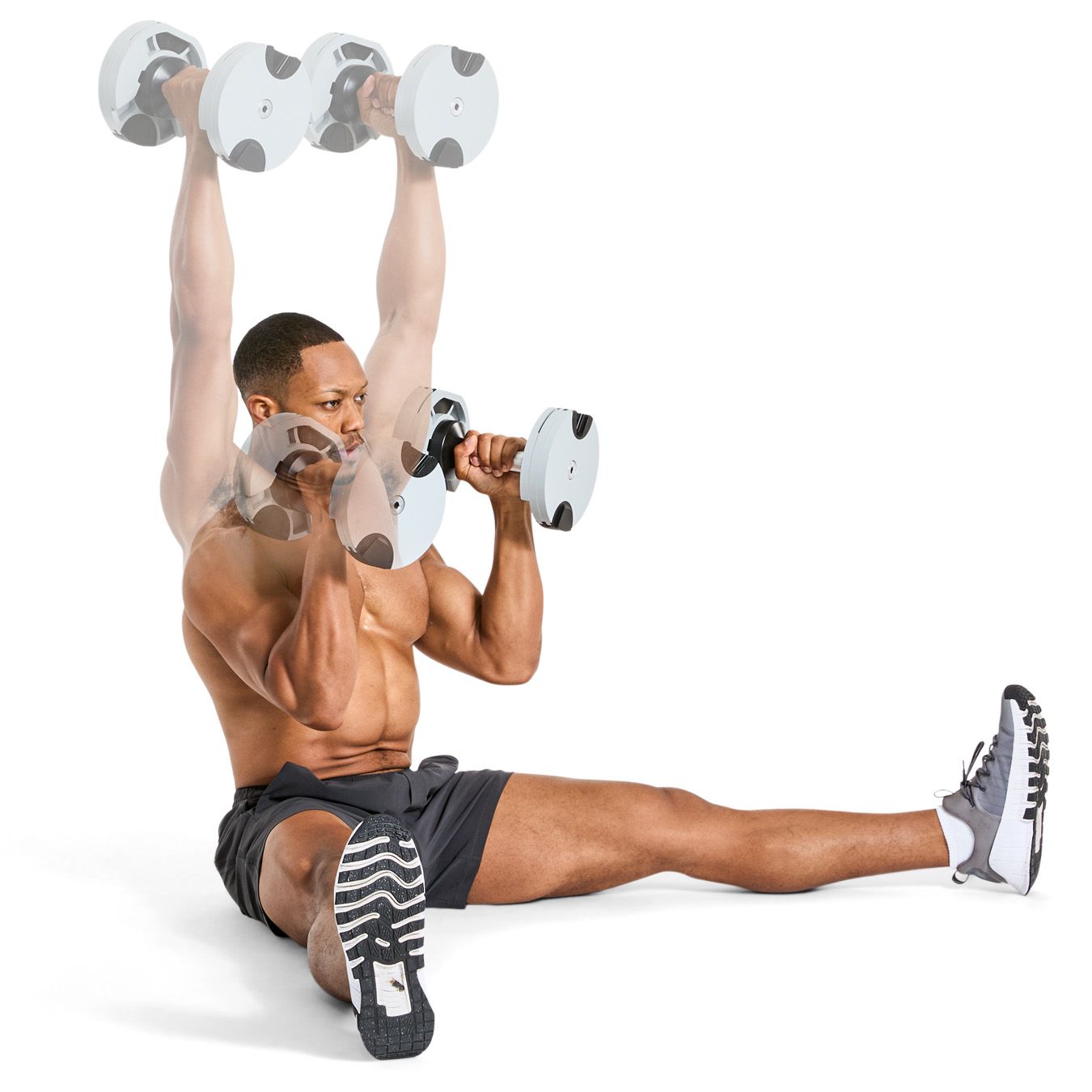
Sit on the floor, legs outstretched and straight, holding dumbbells at your shoulders. Brace your midsection, press the weights overhead by fully extending your elbows and shoulders, then return with control. Do 8 to 10 repetitions for three sets.
4. HEELS-ELEVATED BULGARIAN SPLIT SQUAT
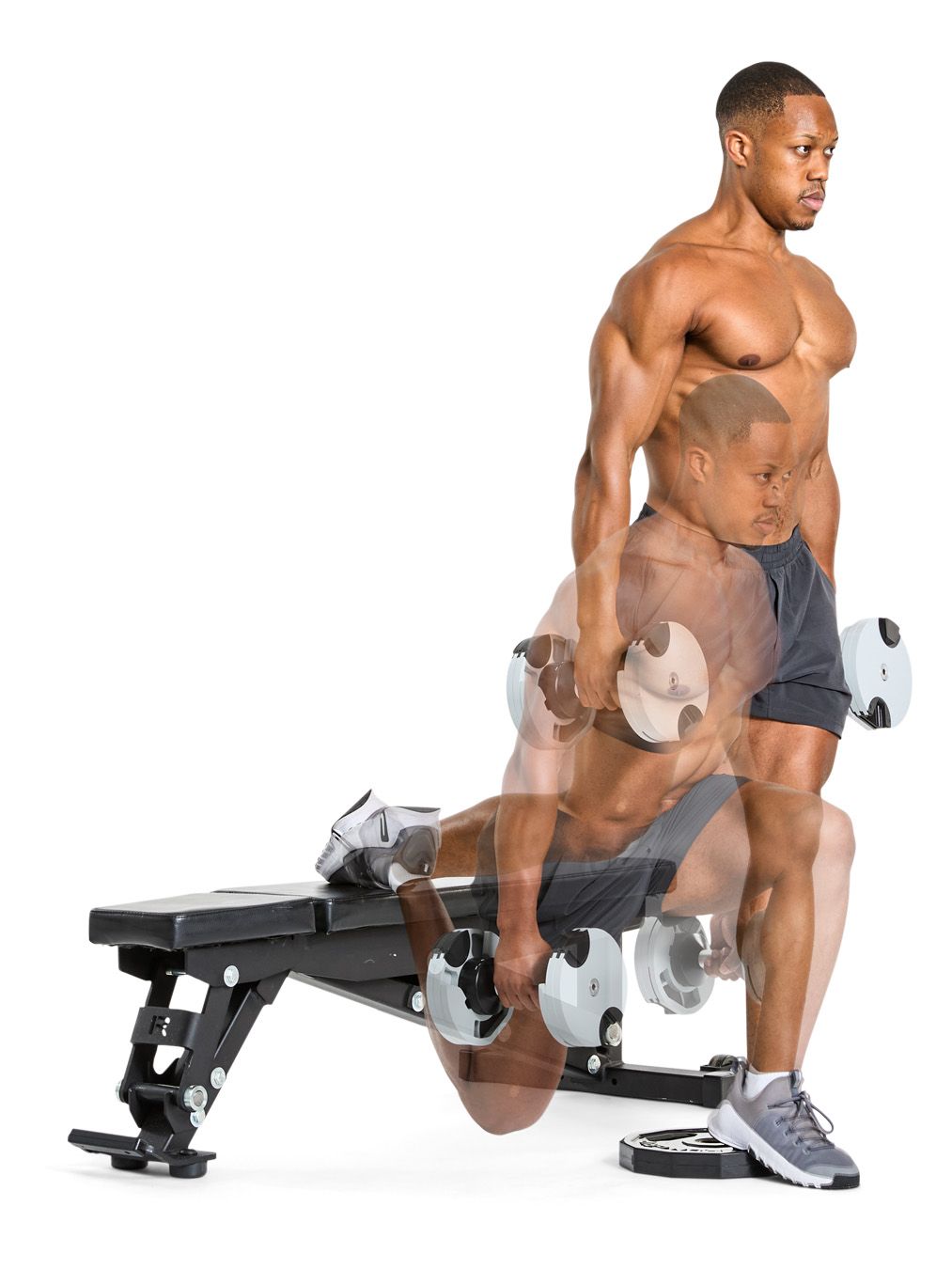
Kneel on your right knee, placing the top of your right foot behind you on a bench or box. Hold dumbbells by your sides; your front (left) heel is slightly raised using a small plate or step. Stand up, then lower until your rear knee nearly touches the floor. Perform three sets of 8 to 10 reps on each side.
5. HALF-KNEELING WINDMILL
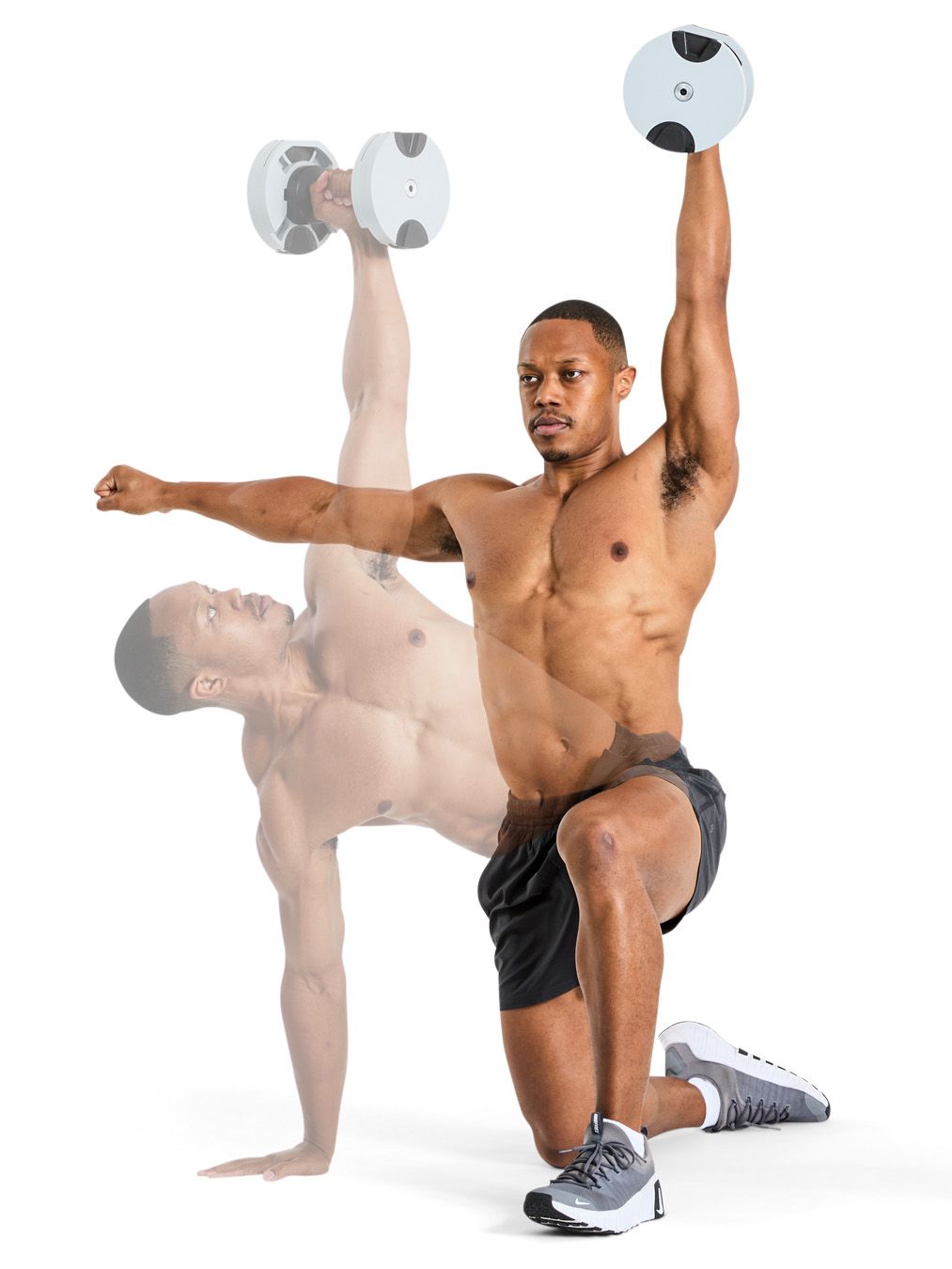
Kneel with your right knee down, holding a dumbbell overhead in your left hand, eyes fixated on the weight. While maintaining that gaze, slide your right hand to the floor, slightly pushing your hips back to create a straight line with your arms. Pause, then press back up using your core and glutes. Do 3 sets of 6 per side.
How to Fuel Your Workouts
Tap the Power of the Triple Stack
Optimizing pre- and post-workout nutrition isn’t just a fad among international athletes; it’s increasingly relevant in Nigeria and Ghana too, where local energy drinks, whole foods, and supplements are growing in popularity. According to leading sports nutritionists, a blend of carbohydrates for energy, caffeine for mental alertness, and creatine for muscle power delivers significant benefits to those pushing for optimum results. This “triple stack” is steadily gaining traction in West African fitness circles as participants look for accessible and effective fueling strategies.
The Breakdown
Try taking 100 to 200 milligrams of caffeine (found in coffee, energy drinks, or even some local sodas) along with 50 to 75 grams of fast-acting carbohydrates—such as soft bread (agege bread), bananas, or locally available energy snacks—about an hour before your workout. Meanwhile, 7 to 10 grams of creatine daily, ideally in the morning, gives your muscles what they need to recover faster and push harder. These quantities reflect findings from global sports studies and are recommended by many certified trainers in Lagos, Accra, and beyond. As always, consult with a nutrition professional for personalized advice, especially if you have health concerns.
The Action Plan
Here’s a practical approach for fueling up: Mix 250ml of a sugary energy drink (like Red Bull or a local equivalent) with 7 to 10 grams of creatine and eat a ripe banana. After your training, blend frozen fruit and oats together with protein powder—this instantly boosts recovery, using ingredients widely available in Nigeria and Ghana.
These recommendations, inspired by sports specialists and athletes worldwide, can be tailored to your needs with local foods like sweet potatoes, millet, or cassava, as well as accessible protein sources such as beans, eggs, or fish.
Some components of this fitness guide draw from international findings, with products available in local markets or through regional distributors. For more tips and to stay updated on the latest in fitness and health trends across West Africa, follow trusted health sources and join local online fitness communities.
How do you balance traditional fitness routines with new approaches like contrast training? Have you mixed local Nigerian or Ghanaian foods into your workout diet? Drop your thoughts and personal tips in the comments below—we want to hear your journey!
Got a health or fitness story to share or sell? Want your experience, transformation, or tips featured on our platform? Email us at story@nowahalazone.com and get your story heard nationwide.
For general support, contact us anytime at support@nowahalazone.com.
Connect with our community and get daily health, fitness, and lifestyle tips—follow us on Facebook,
X (Twitter), and Instagram.
Ready to inspire others? Share your workout videos or fitness food recipes, and let’s build a stronger, healthier West Africa together!

